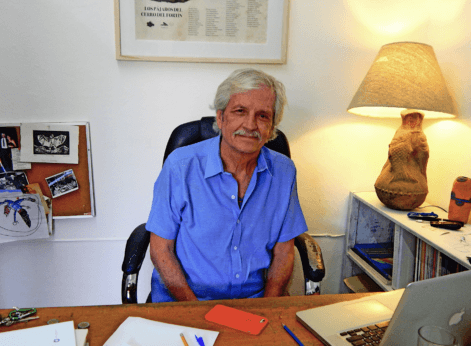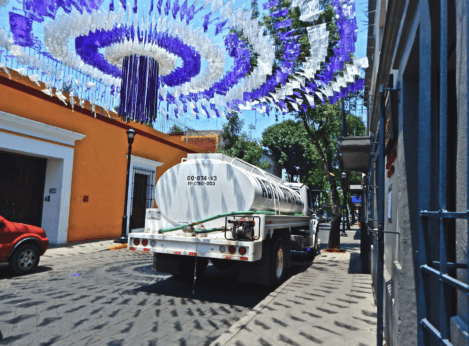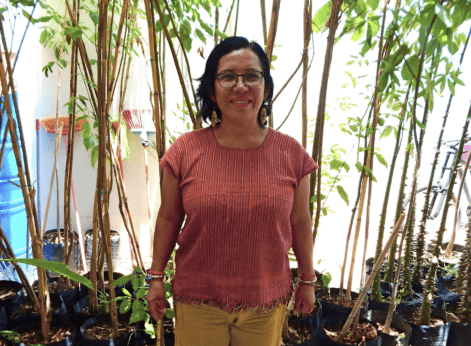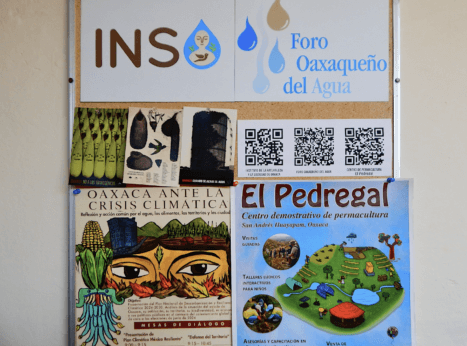Mexican Cities and States Could Run Out of Water. What’s the Solution?
More than 22 million people in Mexico City could face a complete water shortage this month, and millions more around the country deal with frequent droughts and water shortages. Is it time to rethink our relationship with water?









Why doesn’t anyone ever want to touch the bottling plants? The Niagara bottling plant is huge and from what I understand, bottling plants use a huge amount of water. They supply a lot of water to Cosco and Walmart, every bottle they fill and sell is a bottle that does not go back to the aquifers.
Time to stop this nonsense WORLDWIDE!
I would also add that we don’t have a water shortage, we have too many people. Exploding populations have created the shortage, not too little water.